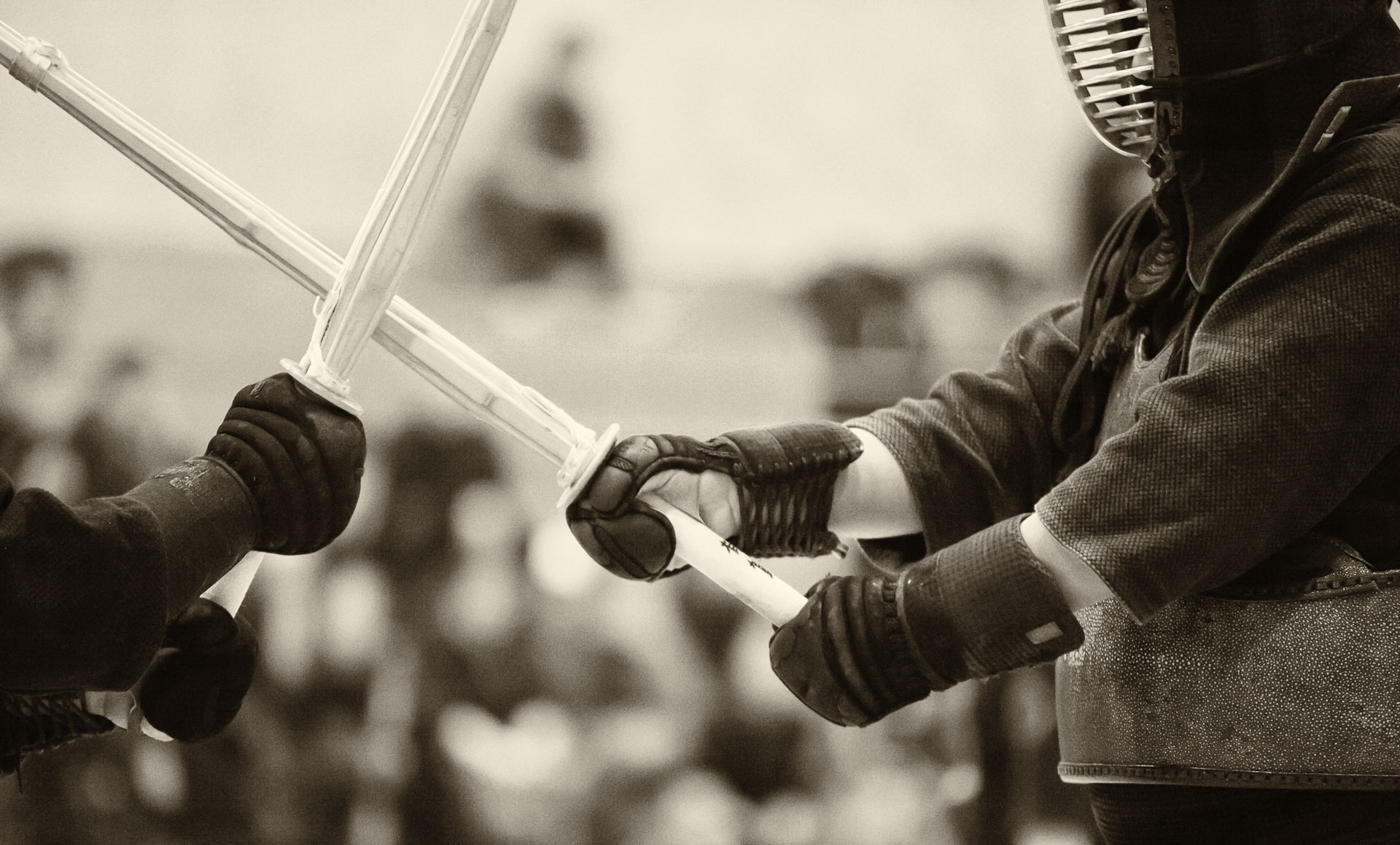
During today’s basketball games, I experimented with four different L-series lenses. I used all of them on a Canon EOS-1D X DSLR with ambient light (no flashes). I shot them wide open, i.e. at the maximum opening of the aperture (minimum f-number). Here is the breakdown of their advantages and limitations.
1. Canon EF 85mm f1.2L II USM lens
(see photo above)
This is the fastest lens of the four I used, and it is my top choice for shooting indoor basketball for this very reason. It gathers enormous amount of light at f1.2, and thus allows shooting at moderate ISO even when the shutter speed is quite high (around 1/1000 sec). This, in turn, results in low noise. Another nice feature is the ability to separate the subject from the background due to incredibly shallow depth of field.
The main disadvantage of the 85mm f1.2L is that it focusses very slowly compared to the other three lenses. It takes a lot of practice to learn how to follow the subject by continuously “riding” the focus button. Because of the slow focussing, this lens produces the highest number of outtakes. However, when it does focus, the result is spectacular.
2. Canon EF 35mm f/1.4L USM lens

This lens is also very fast, and it offers a unique, wide-angle perspective with little distortion. It also focusses very fast.
Te main disadvantage is its short focal length. It is simply impossible to photograph close-ups of the players with a 35 mm. Another related limitation is that the depth of field is quite large, even at f1.4, so subject isolation from the background is not as prominent as for the other three lenses.
3. Canon EF 300mm f/2.8L IS USM lens
This lens is the opposite of the 35mm f/1.4L in that it only allows the close-up shots. The focussing speed is superb, and the background blur (bokeh) is very pleasant.
The main limitation is that the field of view is so narrow, that it is quite difficult to frame the moving subjects. Like the 85mm f1.2L , it takes a lot of practice to achieve useable results, but the few successful photos are impressive.
4. Canon EF 70-200mm f/2.8L IS USM lens

The main advantage of this lens is its zoom range. It is incredibly easy to frame the action. The lens also focusses lightning-fast, and it is very sharp.
The main drawback of the 70-200mm f/2.8L is that, like the 300mm f/2.8L
, it is not as fast as the other two lenses (max aperture is f2.8), and therefore produces relatively noisy photos.
So, which lens would I choose if I could only bring one to a basketball game? It depends on the level of experience. For a novice photographer, I would recommend (if cost is not a factor – all this lenses are very expensive anyway!) the 70-200mm f/2.8L. It would give the highest success rate and flexibility. My personal favourite right now is the 85mm f1.2L
, despite being the most challenging lens to shoot.
























